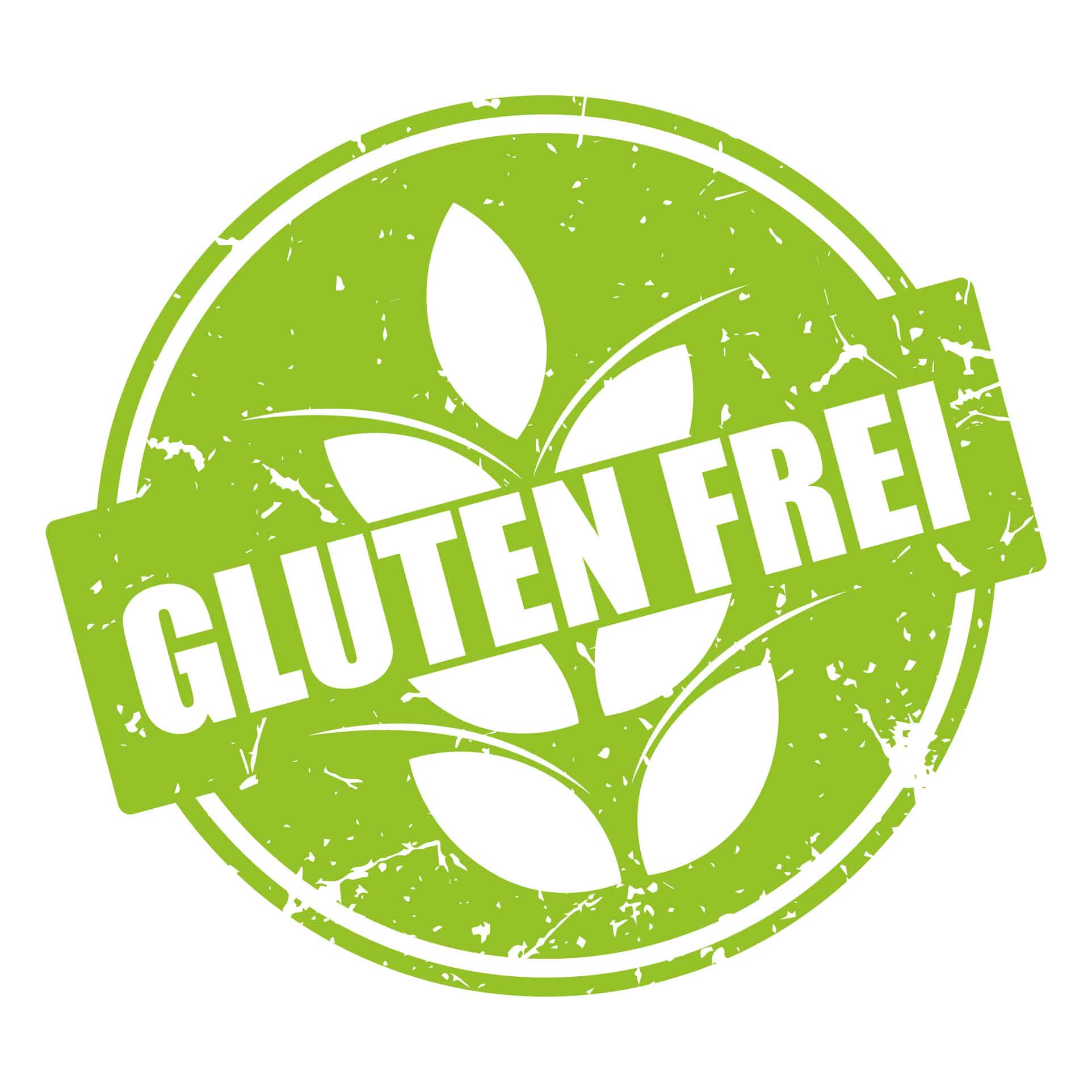Gluten Intolerance

Gluten intolerance: living without gluten
If you have to live gluten-free, you can eat foods such as fish, meat, eggs and vegetables without hesitation. All of these foods are naturally gluten-free. However, wheat, spelt, oats, rye, barley and green spelt, as well as all foods made from them, are particularly high in gluten, unless they are expressly labelled as gluten-free.
Gluten is not only found in food, but also in some cosmetics. Gluten-containing fillers are also often used in medicines, vitamin preparations and food supplements: For people with a gluten intolerance, such products can also become a problem. Cosmetic products such as lip balms or toothpastes, unless they are completely gluten-free, are also a concern for people with gluten intolerance, as they automatically contain gluten.
It is now also known exactly which allergens trigger gluten intolerance. These are the alcohol-soluble fraction of gluten, the so-called prolamins. They are composed differently depending on the type of grain. Gluten is now an allergen that must be labelled. As part of a special EC regulation (41/2009 of 20. 01. 2009) on the basic regulation of the labelling of the allergen gluten in foodstuffs, threshold values were set by law for the first time. Foods may only be labelled as gluten-free if they have a maximum gluten content of 20 “ppm” (“parts per million”). In addition, there is the “very low gluten content” labelling. This is reserved for products containing cereals that do not exceed a gluten content of 100 “ppm” and have been processed in a very special way to reduce the gluten content.
Gluten in cosmetic products
Gluten is not usually a major ingredient in cosmetic products, but may be present in some formulations, particularly in hair, skin and lip care products. Lip balms and toothpastes, for example, may contain gluten, although a glance at the list of ingredients will always provide information. If it contains ingredients such as “Triticum aestivum” or “Triticum vulgare”, it is wheat, for example. “Hordeum”, on the other hand, stands for barley and “Avena” for oats.
It is important for people with gluten sensitivity to be careful with gluten-containing ingredients in cosmetics. Gluten cannot be absorbed through the skin in the same way as through the digestive tract, but some people may still experience skin reactions or other sensitivities.
To find out if a cosmetic product contains gluten, you should do the following:
- Read the list of ingredients: look to see if wheat, barley, rye or derivatives of these grains are on the list of ingredients. These may be ingredients such as wheat germ oil, hydrolysed wheat protein or barley extract.
- Contact the manufacturer: If the ingredients list is unclear or you have specific concerns, contact the manufacturer for more information. Many companies will provide information about the composition of their products on request.
- Look out for gluten-free products: Some cosmetic brands specifically label their products as gluten-free, making it easier for people with gluten sensitivity to choose suitable products.
- Patch test: If you have a known gluten sensitivity, it is advisable to patch test new cosmetic products before using them intensively. This involves applying a small amount of the product to a small area of skin to determine whether any adverse reactions occur.
- For a cosmetics manufacturer, however, claiming to be “gluten-free” is very time-consuming. Not only must gluten-free raw materials be used, but every batch produced must be analysed for gluten. Products may only be bottled if the results are negative.
Gluten intolerance – challenges and significance in the cosmetics industry
To summarise, it can be said that the consistent avoidance of gluten-containing products is not only limited to the diet, but can also include the selection of cosmetic products. Gluten intolerance may therefore require close scrutiny of ingredients, even in seemingly unrelated areas such as cosmetics. Although “gluten-free” labelling is important in the cosmetics industry, it represents a considerable effort for manufacturers. The use of gluten-free raw materials and rigorous analytical testing for each product batch are necessary to ensure safety for people with gluten intolerance. If you have any further questions or require more information, please do not hesitate to contact us: Contact us without obligation for in-depth insights and personalised advice!
Sources:
Gluten-Associated Medical Problems.; 2022 Oct 31. In: StatPearls [Internet]. Treasure Island (FL): StatPearls Publishing; 2023 Jan
Safety Assessment of Hydrolyzed Wheat Protein and Hydrolyzed Wheat Gluten as Used in Cosmetics.; Int J Toxicol. 2018 May/Jun;37(1_suppl):55S-66S.
Contribution of Oral Hygiene and Cosmetics on Contamination of Gluten-free Diet: Do Celiac Customers Need to Worry About?; J Pediatr Gastroenterol Nutr. 2019 Jan;68(1):26-29.
Food Safety and Cross-Contamination of Gluten-Free Products: A Narrative Review.; Nutrients. 2021 Jun 29;13(7):2244.